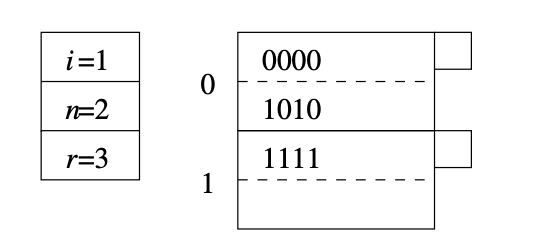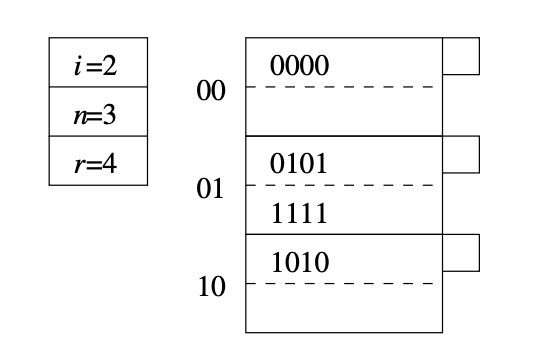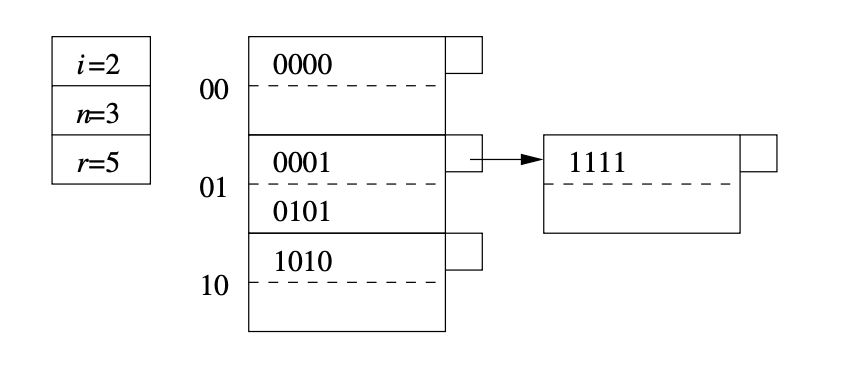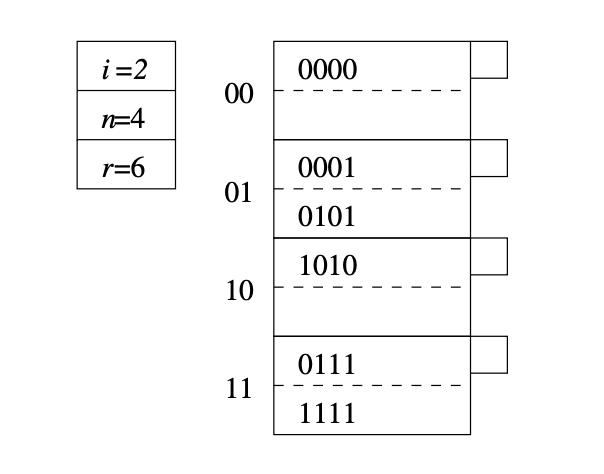










More Hashing, Storage Engines for DBMSs
CS157b
Chris Pollett
Feb 19, 2020











CS157b
Chris Pollett
Feb 19, 2020




CREATE TABLE TEST(I INT) ENGINE = MYISAM; ALTER TABLE TEST ENGINE = INNODB;
CREATE INDEX FOO ON BOB(A) USING BTREE; or CREATE INDEX FOO ON BOB(A) USING HASH;
Create a sqlite3 file foo.sqlite. Make a table foo in this database with a single integer column A. Insert three rows of your choice. Open this file in a Hex editor take a screenshoot of the start of your file (low-res). Determine the page size for your DB file.
Please post your solutions to the Feb 19 In-Class Exercise Thread.
CREATE TABLE sqlite_master( type text, name text, tbl_name text, rootpage integer, sql text );
Please post your solutions to the Feb 19 In-Class Exercise Thread.